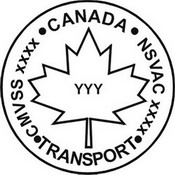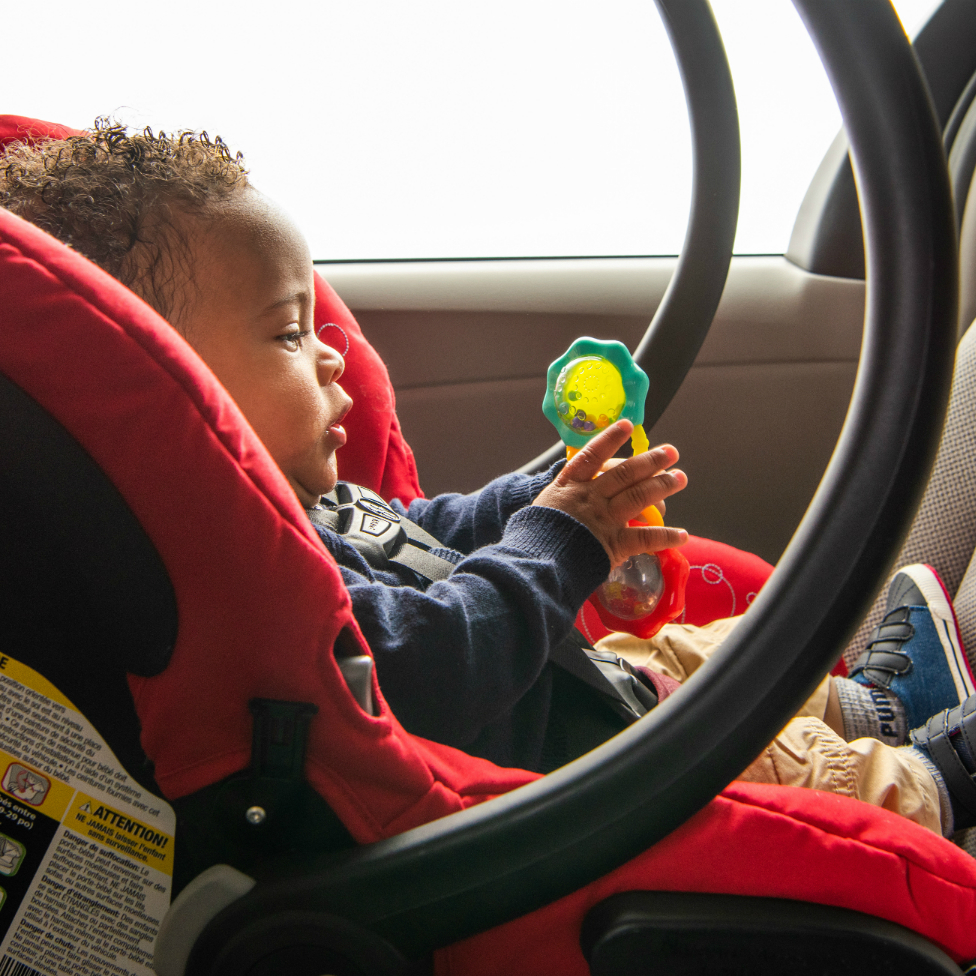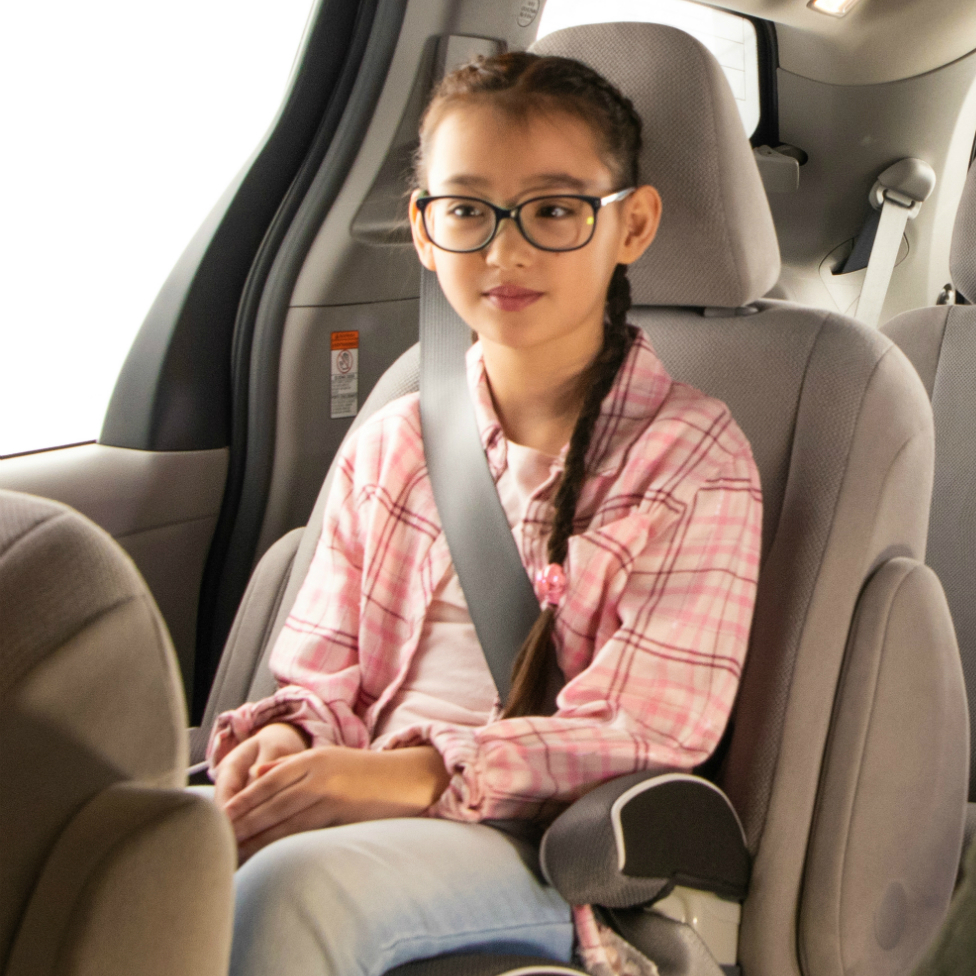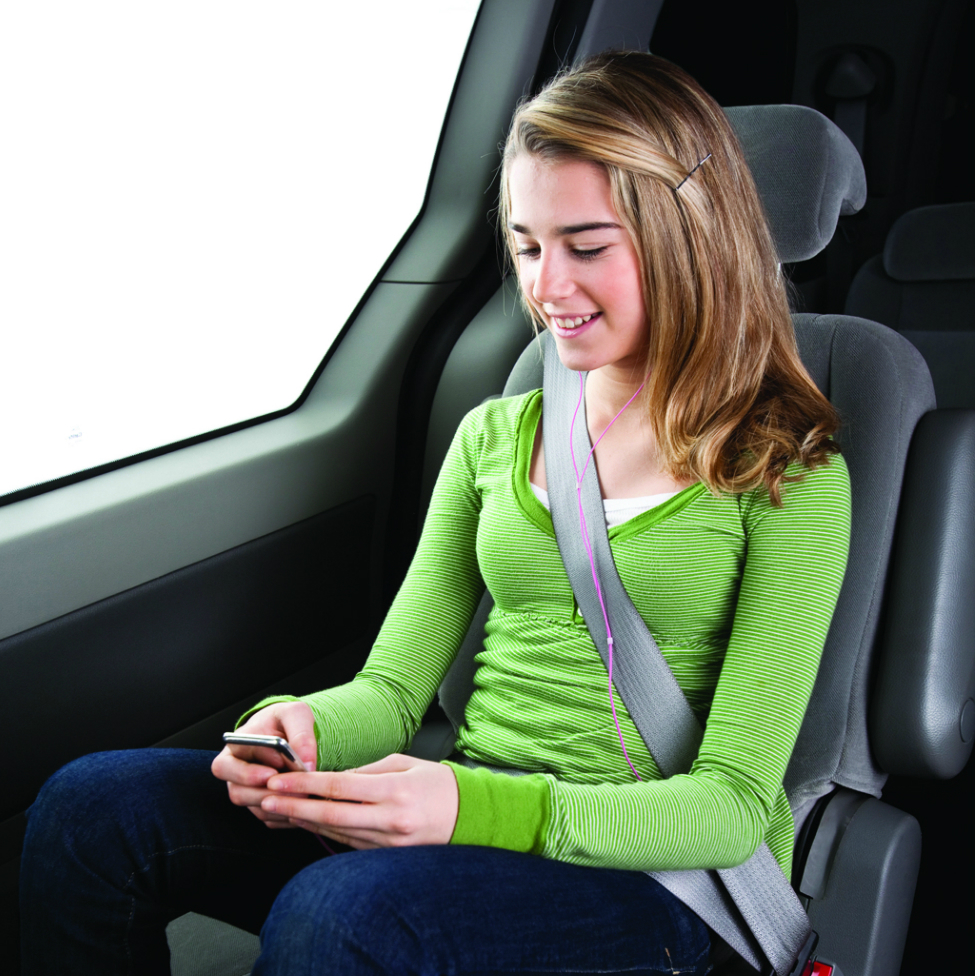
Choosing the right child car seat for your child can be confusing. Keeping your child safe is the priority. When you use them correctly, child car seats and booster seats can greatly reduce the risk of injury or death in a crash.
Each province and territory may have its own age, height and weight restrictions. Consult the website for your province or territory for more information.
Some child car seats fit more than one stage. Check the manufacturers' labels to find the child car seats made for your child's height and weight.

Always look for the National Safety Mark. It is proof the child car seat meets Canadian safety standards.
It is illegal to import, sell or use child car seats in Canada that do not have a National Safety Mark.*
Parents are strongly advised to buy a child car seat only from a Canadian retailer in their area. This way, you may also be able to check the fit in your vehicle before buying the child car seat.
*This rule does not apply to custom restraint systems for disabled persons, unless the restraint is made for use only on a school bus.
There are four stages of child car seat including seat belt use for children. Each stage is designed to keep your child as safe as possible, given their particular age, height and weight.

Infants and young children ride facing the rear in an infant seat with a detachable base or in a convertible seat. This helps protect their head, neck and back throughout the journey, during sudden stops or in a crash. All child car seats have a recommended recline angle based on the weight of your child. For example, newborns and premature babies need to be tilted back more than older babies. This helps support the head and helps to keep their airway open. Keep your child seated rear-facing until he or she reaches the child car seat's weight or height limits.
For tips on installing your rear-facing seat, go to Stage 1: rear-facing seats.

Children who have outgrown their rear-facing seat and weigh at least 10 kg (22 lb) may ride facing the front in a child car seat. These child car seats have a built-in harness designed to keep your child safe throughout the journey, during sudden stops or a crash. Use a forward-facing seat until your child reaches the maximum weight or height limits for the child car seat. Some forward-facing seats are made for children who weigh up to 30 kg (65 lb).
For tips on installing your forward-facing seat, go to Stage 2: forward-facing seats.

Booster seats are designed for children who have outgrown their forward-facing seat and weigh at least 18 kg (40 lb). A booster seat helps children sit comfortably by raising them up so they can sit up against the seatback with their knees bent over the edge of the booster or vehicle seat. Even if a booster seat meets Canadian regulations, the booster seat you choose needs to fit your child, and your vehicle.
For tips on choosing a booster seat that fits, go to Stage 3: booster seats.

The vehicle seat belt should only be used alone when children have outgrown their booster seats. Before you transition to this important stage make sure the seat belt fits your child. The minimum age, weight and height limits vary from one province to another.
For tips on checking the fit of the seat belt on your child, go to Stage 4: seat belts .
We investigate potential safety-related defects. If a safety defect exists, the manufacturer issues a recall notice. Check for ongoing investigations that may affect your child car seat.
You may also be interested in:
These notices provide important safety information related to child car seats and booster seats in general.
While we do not recommend buying or using pre-owned child car seats, we understand that it may not always be possible to buy a new child car seat. For your child's safety, please read the important warnings below before using a “used” child car seat.
You should register your child car seat or booster seat with the manufacturer. We require that manufacturers provide you with a postage-paid registration card. The information collected allows the manufacturer to notify you if a recall affects your child car seat. The information you provide can only be used for this purpose.
There are two ways to register your child car seat:
Just like children outgrow shoes and snowsuits, they also outgrow child car seats. So of course you should replace a child car seat when your child has outgrown it. It is important not to rush your child from one child car seat stage to the next.
It is safest to keep your child in each stage for as long as possible.
You should dispose of your child car seat or booster seat if:
Contact the manufacturer to learn on how to safely dispose of your child car seat or booster seat.
Telephone: 1-800-333-0371 (toll-free), 613-998-8616 (Ottawa-Gatineau region)
Email: mvs-sa@tc.gc.ca